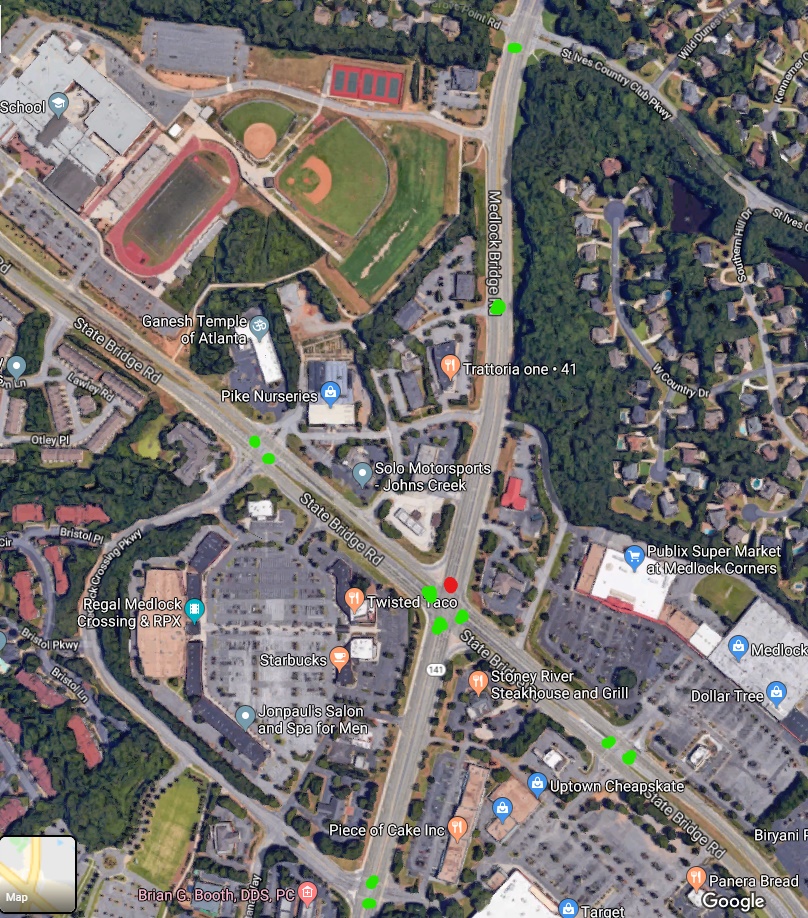What Seems To Be The Issue?
At the most recent City Council Meeting, Mayor Bodker and a majority of the Council were ready to pursue reducing the lane widths on 141 as a the stated primary purpose of achieving a safer 141. The logic behind this move was clearly not thought out and was not in the best interest of the majority of residents.
Several Council Members professed a desire to lower the speed limit to 45 from 55 MPH. Why? Some residents have complained over the years of speeding along 141.
How Bad Is the Problem?
No one has defined the number of speeders or the speed at which is triggering the complaint. So Council Members seem to be deciding to take a course of action based on emotions (We gotta do something!) rather than factual data.
Should the Majority of Drivers Be Penalized for the Ultra-Minority?
That’s the question these Council Members need to ask. Assume for a minute that there are 500 drivers exceeding 65 MPH daily along 141 That sounds terrible doesn’t it?
Not really. That is approximately 1% of the average number of vehicles on 141.
Should 99% of the drivers lose the opportunity to travel safely on 141 at 55 MPH because of the 1% who do not?
Think about other aspects of you life where there are those that follow the law and those that do not. Is the 1% threshold the level at which you are willing to lose your rights to do something? Hopefully the answer is no.
What Can Be Done?
Police Chief Densmore stated that officers could not issue citations unless a vehicle was traveling faster than 65 MPH. Council Members nodded their heads as this confirmed to them this was way too fast for a highway traveling through a residential community.
While Johns Creek has always been a residential community and has always had this parameter on 141, I found that argument to be weak at best.
Today, Johns Creek has more than 80 police officers, up sharply from 5 years ago.
Yet five years ago, we would see police officers along the 141 corridor parked on the sides of the road. With more officers today, we see less police vehicles, which is likely at the root of this problem.

Police presence alters driver behavior We all know that. Drivers see a police vehicle and they instantly check their speed. It’s the nature of most drivers.
Officers do not have to be present all the time. Drivers remember where they have seen officers in the past. Who does not slow down on State Bridge Road where they have seen officers numerous times in the past?
Police presence works.
Fairer, Easier Solution
This is the fairest and easiest solution. Were the speed limits lowered to 45 mph, we’d still have to have officers out there present to enforce the speed limits. If we did not, they we’d have the same situation we have today.
The choice is clear. We can legislate and penalize the majority for the 1%, or we can encourage a greater presence of police vehicles, which will accomplish the desired affect of drivers driving more safely along 141.






